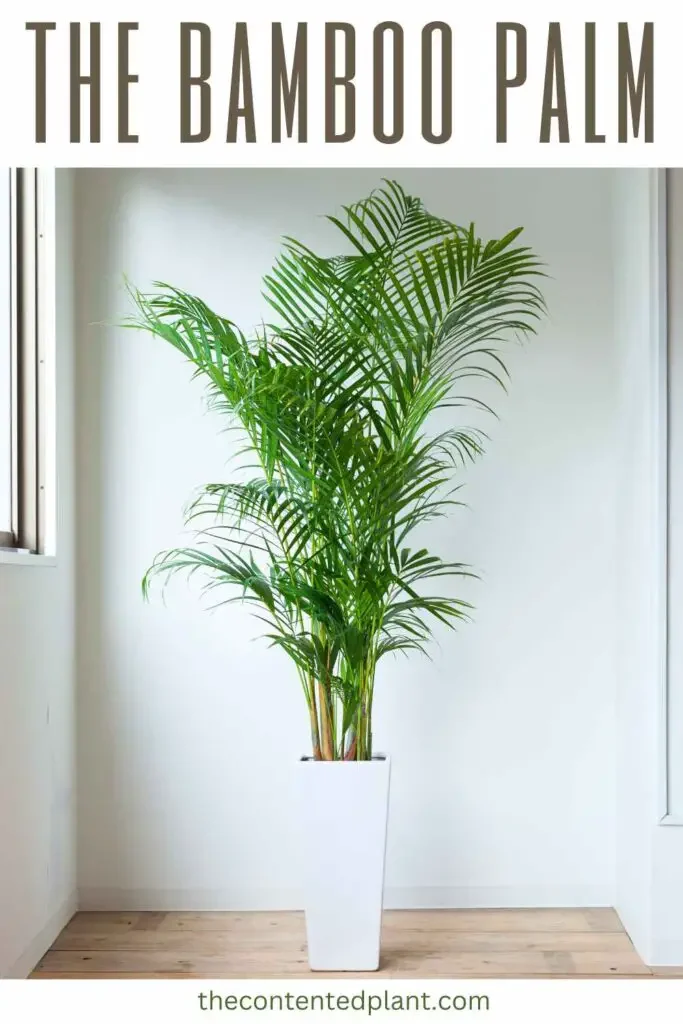The Bamboo Palm (Chamaedorea seifrizii) is a popular and well loved houseplant that makes a beautiful statement wherever it lives. Despite its name, the bamboo palm is not bamboo at all; it is part of the palm family, specifically the Araceae family. Growing tall and regal, this type of tropical palm is native to Central America and Mexico and can be grown outdoors in zones 10-11 USA.
The easy care and hardy nature of the bamboo palm is a large part of why they have gained so much popularity as houseplants. They can live with a variety of light exposure, they tolerate minimal maintenance, and can survive in typical household temperature ranges with less humidity than many other more sensitive plants.
Due to their tropical nature, they do require constant moisture, but are fairly sensitive to over watering. This is their most challenging aspect, so if you are not able to monitor their moisture consumption this plant could prove challenging to you.
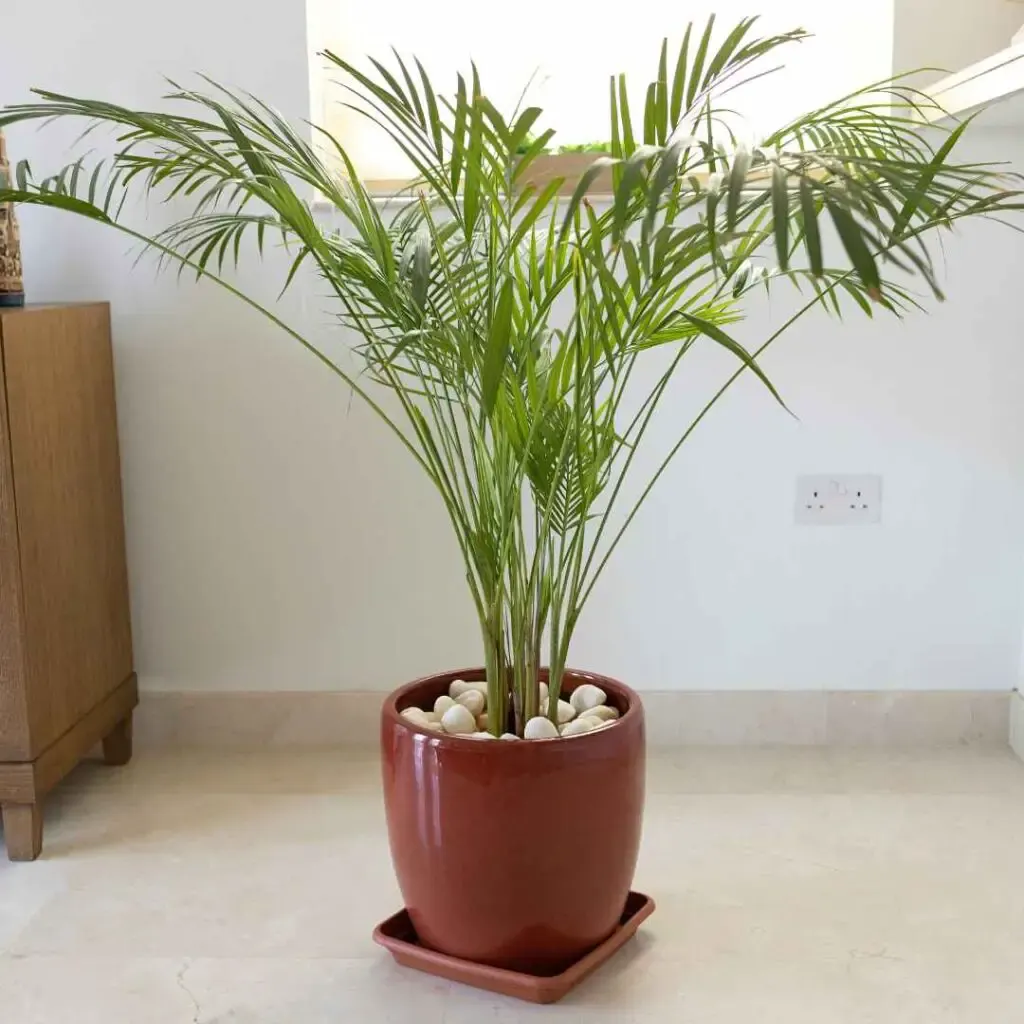
Identifying a bamboo palm can be challenging
Due to this very generic name, and the fact that palms are very similar in appearance, it can be difficult to identify a true bamboo palm compared to its other sister palms that are also popular houseplants. The parlor palm, majesty palm, and cat palm share extremely similar appearances and can be easily confused or mis labeled. This is something to be aware of when you are shopping for your palm. Even plant nurseries and garden centers can mis label palm plants.
Pictured below are the Majesty Palm, the Cat Palm, Ponytail Palm, the Bamboo Palm, and the Parlor Palm.
The palms are commonly confused and can be very difficult to differentiate between even for us!
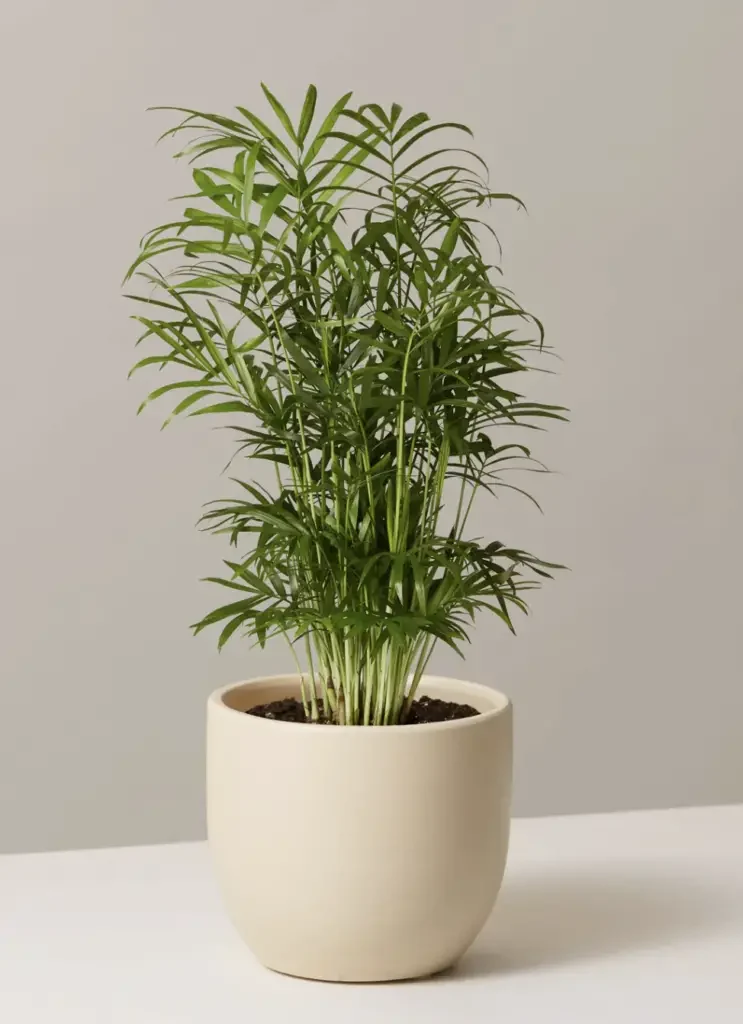
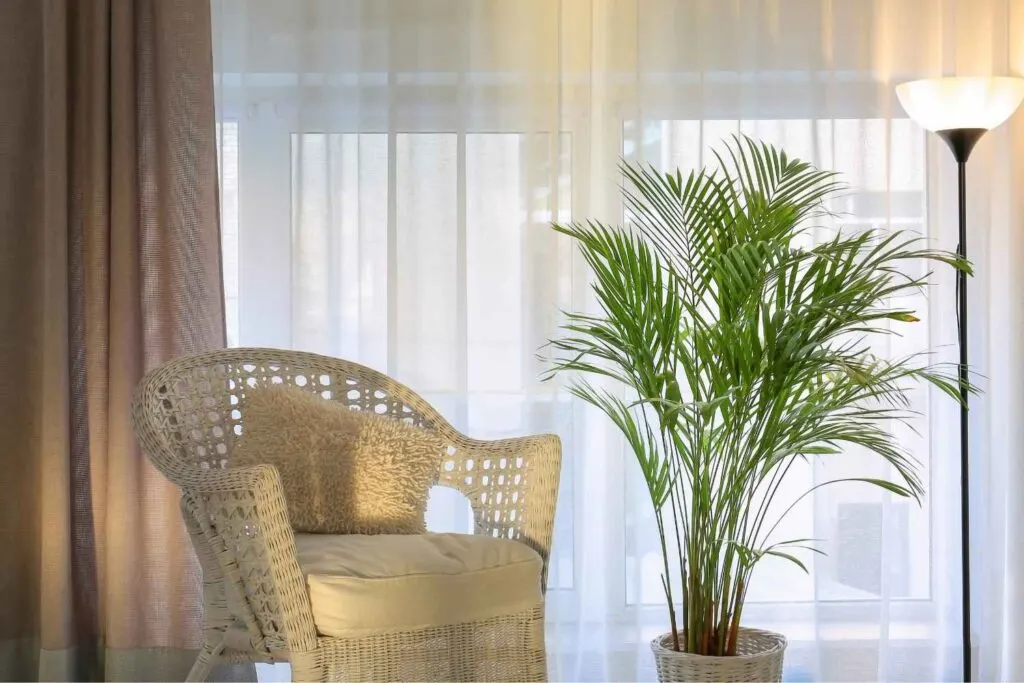
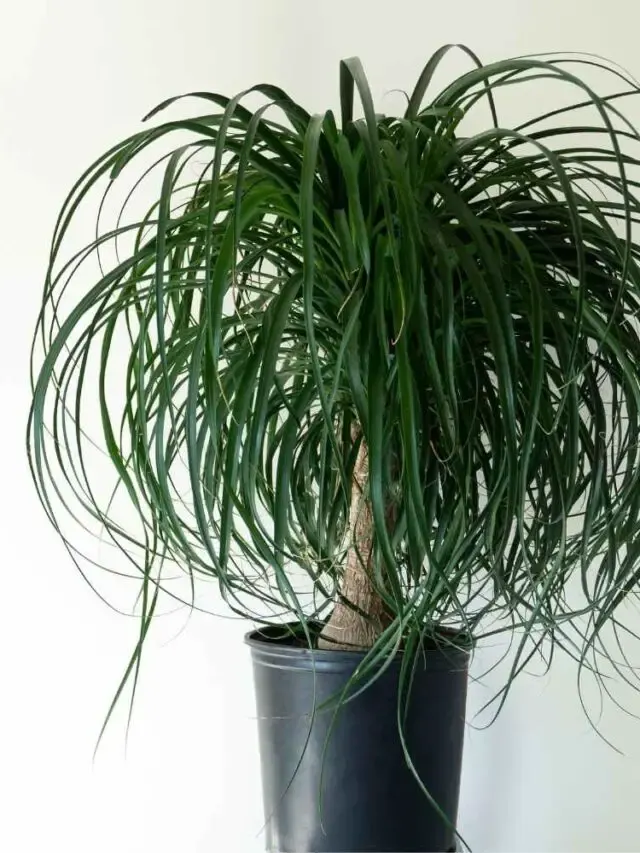
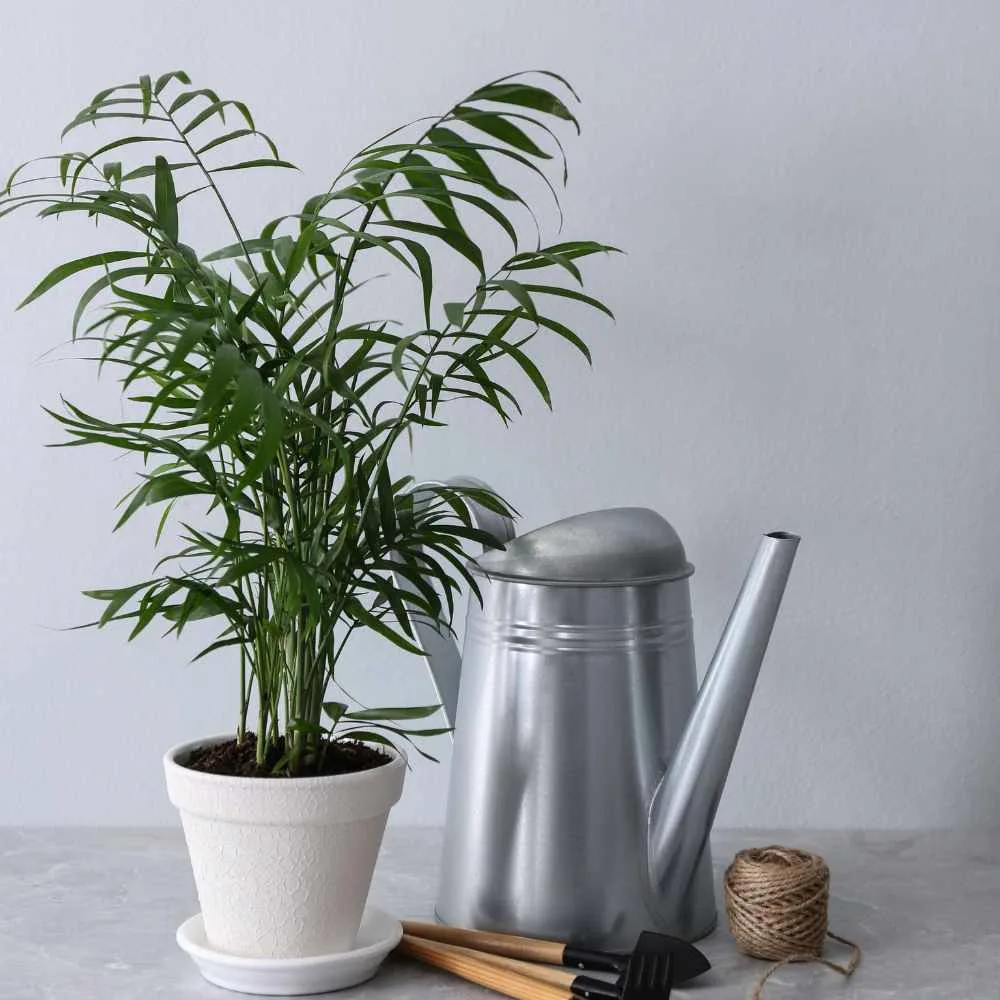
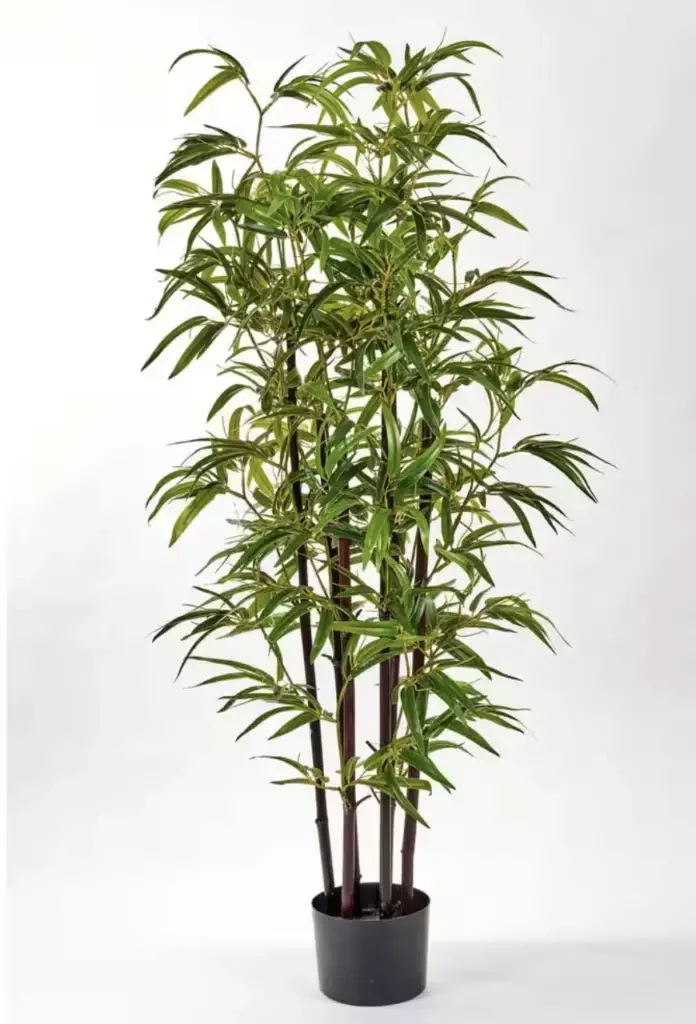
The bamboo palm plant profile
Here is a quick overview of the nature and palm care needs of this gorgeous beauty
| Care Difficulty | Low maintenance and easy care |
| Temp + Humidity | Warm temperatures and above 50% humidity is preferred. Pebble trays and humidifiers are helpful with palms |
| Mature Growth | Healthy bamboo palms can typically grow 4-12 ft tall and 3-5 wide |
| Soil Type | Moist, well draining soil with a ph level of acidic, neutral |
| Watering | Even and balanced moisture. They are sensitive to over watering so be cautious and only water when the soil is dry about 1 inch down |
| Fertilizer | Feed the palm granulated fertilizer during the growing seasons of spring and summer. |
| Sun + Light | Medium to low light conditions. They tolerate bright light, but avoid direct and hot sun exposure. |
How do I Prune The Bamboo Palm?
Fortunately, as part of its low maintenance nature pruning is only an occasional need. This plant is meant to grow tall and stately with long leaves. Sporadic trimming of sickly or browned leaves and leaf tips will keep your palm looking its best. It will also help encourage new healthy growth and protect against shock or disease.
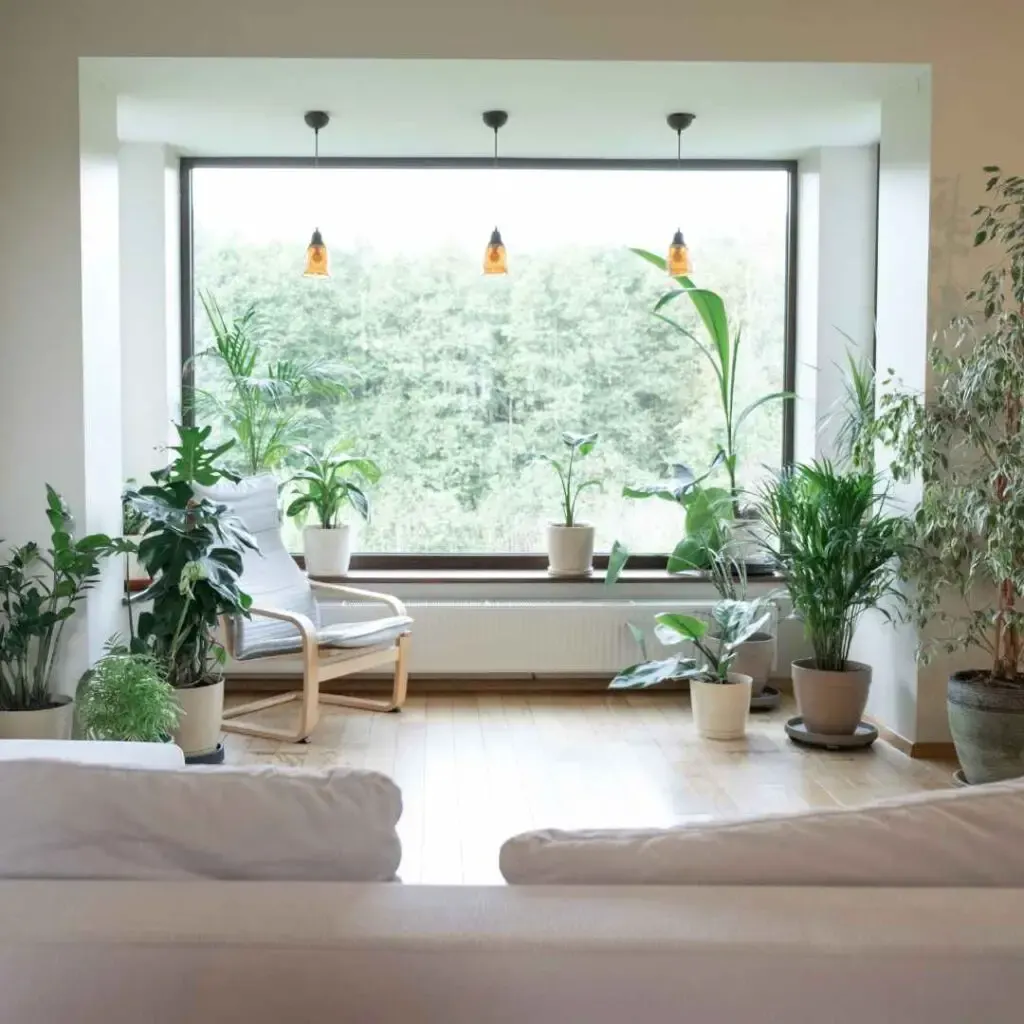
Watch out for common pests and diseases
Bamboo palms are susceptible to common household plant pests including mealybugs, aphids, white flies, and fungus gnats. Be sure to keep an eye out for early signs of infestation including inspecting the leaves and soil of your palm. Early intervention and eradication are very important and the most effective method for protecting your palms, and other house plants, against pests and diseases.
We have some very in depth posts on dealing with these pesky invaders should you find any on your gorgeous plants
Repotting and Propagation Tips
Palms tend to be rather slow growers, so repotting is not a frequent part of palm care. Your palm will need to be repotted when it has outgrown its current container. Look for these signs that it needs repotting. It will only grow as large as the container allows. This means that, for a maturing plant you are working to grow to its full height and width, repotting will be an important part of growing it to its maximum potential.
What are the best containers for palm plants?
- The bamboo palm will need a container that gives an additional few inches of room around the root ball in order to continue growing. As a general rule, a container that is a twice as wide as the rootball, and a few inches deeper than the rootball is a good size for this palm.
- A container with plenty of good drainage holes is very important. Palms are sensitive to becoming water-logged, which can be challenging to balance because they also need constant moisture around their roots. Containers that allow for drainage will prevent pooling and accumulation of water around the roots.
Root rot is very difficult to reverse, and the care is rather involved. Prevention is always best, but if you are worried that your palm has developed root rot, we go over how to treat root rot here.
Propagating a bamboo palm
Palms are sensitive to shock and trauma which can make propagation a challenging and a fairly long process. Division is your best bet. A mature palm can be propagated during the growing seasons by separating offshoots from the healthy mother plant. It should be established as independent plants within a few months.
Here’s the process:
- Using a sterile sharp knife, gently separate the offshoot ensuring that it has its own root system intact.
- Plant in an appropriate sized container with good drainage and loamy, light soil.
- Expect the plant to go through a period of shock and take some time to establish itself and become acclimated to its new independence.
- Place the propagation in a warm, humid environment with good lighting.
- It will take about 2-3 months for the new plant to stabilize and become strong and established.
Do Bamboo Palms Flower?
Bamboo palms do flower, but its very rare to witness when they are kept as houseplants. In order for a palm to flower they need to be exposed to a lot of light. They will flower during the summer months from the lower fronds.
These flowers are yellow or sometimes orange in color and resemble tiny berries. The berries will turn color over time before they fall off, but do be careful that they are never ingested. This plant, although not toxic to humans or pets, does not produce edible fruits and can cause allergic reactions when eaten.
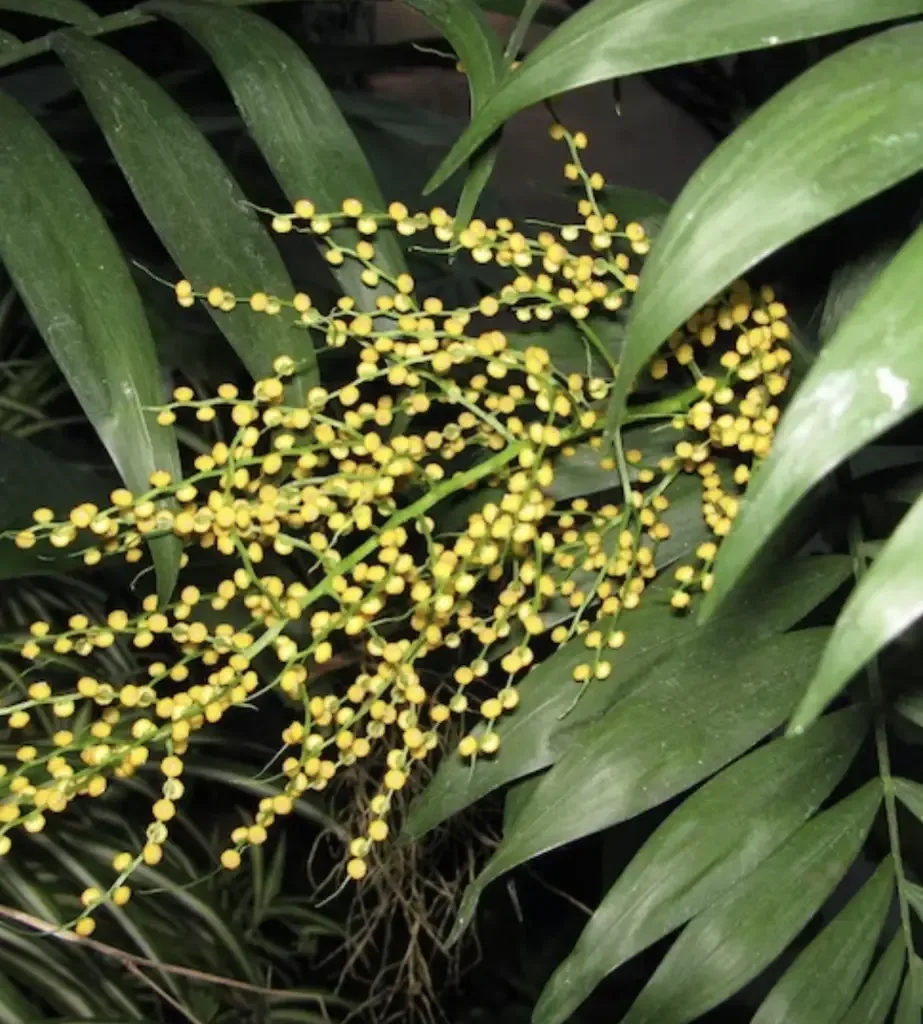
The bamboo palm is a fabulous house mate for beginner or novice plant owners because it is low maintenance and easy to care for when living in the proper conditions. It can create a beautiful focal point for your home that will add height without becoming overly intrusive on space.
It is pet friendly as a non toxic option, so if you find your cat nibbling at the leaves you don’t need to worry.
We love the sophisticated and stately appearance of the bamboo palm. If you are looking to bring a tropical vibe to your home or space, this is a great plant to consider.
Where to Source Bamboo Palms
You may find these lovely palms in your local garden shop or nursery. We encourage you to shop local and support your small gardening experts if you can. Other wise, ETSY is our recommendation. ETSY shops are often run by small family businesses with reliable expertise in their product lines. They also know the proper way to ship plants for you. Be mindful to choose a well rated and established shop.
Here are some more of our favorite plants, as well as some helpful posts in caring for your plants
Follow Us:
Find us on YouTube, Instagram , Pinterest and TikTok! We love to Plant chat. We also comment, like and occasionally share your content to our daily stories. We’d love to see your plants. Share your joy in your houseplants. Happy Planting!
